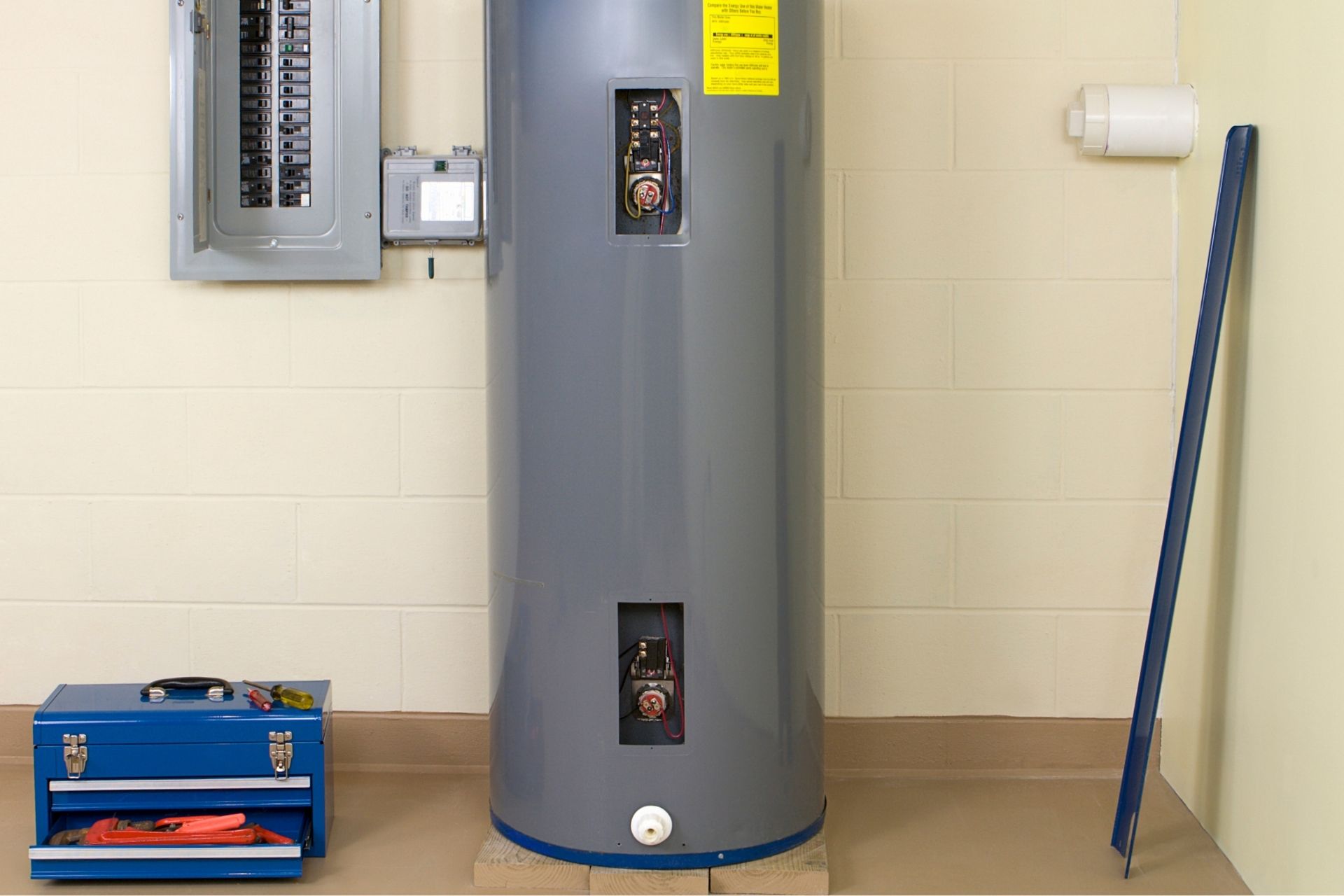Each person maintains their own individual assumption on the subject of How to Maintain a Hot Water Heater in a Few Simple Steps.

Hot water is important for daily convenience, whether it's for a rejuvenating shower or cleaning dishes. To ensure your warm water system runs efficiently and lasts longer, regular upkeep is crucial. This short article provides sensible suggestions and insights on how to keep your home's hot water system to avoid disturbances and expensive repairs.
Intro
Keeping your home's hot water system could seem daunting, yet with a few straightforward actions, you can ensure it runs smoothly for several years to find. This overview covers whatever from understanding your warm water system to DIY upkeep suggestions and knowing when to call expert help.
Importance of Keeping Your Warm Water System
Routine upkeep not only expands the life expectancy of your warm water system yet also guarantees it operates successfully. Ignoring maintenance can cause reduced efficiency, greater energy expenses, and even early failure of the system.
Indications Your Warm Water System Requirements Upkeep
Understanding when your warm water system requires interest can prevent significant problems. Keep an eye out for signs such as irregular water temperature level, odd sounds from the heating unit, or rusty water.
Comprehending Your Warm Water System
Before diving right into upkeep tasks, it's practical to understand the standard elements of your warm water system. Generally, this consists of the water heater itself, pipes, anode poles, and temperature controls.
Monthly Maintenance Tasks
Regular regular monthly checks can aid capture minor problems before they rise.
Purging the Water Heater
Purging your water heater gets rid of debris buildup, enhancing efficiency and lengthening its life.
Monitoring and Replacing Anode Rods
Anode poles prevent deterioration inside the container. Inspecting and changing them when worn out is vital.
Evaluating and Adjusting Temperature Settings
Adjusting the temperature settings guarantees ideal efficiency and safety.
Do It Yourself Tips for Upkeep
You can execute a number of maintenance tasks on your own to keep your warm water system in top condition.
Checking for Leaks
On a regular basis evaluate pipes and connections for leaks, as these can cause water damages and higher bills.
Evaluating Stress Alleviation Valves
Checking the pressure relief valve ensures it operates appropriately and stops too much stress accumulation.
Protecting Pipes
Shielding warm water pipelines decreases warm loss and can save power.
When to Call a Professional
While do it yourself upkeep is useful, some concerns need expert know-how.
Facility Issues Calling For Specialist Aid
Examples include significant leaks, electric issues, or if your water heater is regularly underperforming.
Routine Specialist Maintenance Benefits
Expert upkeep can include extensive evaluations, tune-ups, and ensuring conformity with safety criteria.
Final thought
Regular upkeep of your home's hot water system is important for performance, longevity, and price savings. By adhering to these suggestions and recognizing when to look for professional aid, you can guarantee a reliable supply of warm water without unexpected disturbances.
How to Maintain an Instant Hot Water Heater
Before tinkering with your hot water heater, make sure that it’s not powered on. You also have to turn off the main circuit breaker and shut off the main gas line to prevent accidents. Also turn off the water valves connected to your unit to prevent water from flowing into and out of the appliance. 2. When you’re done, you have to detach the purge valves’ caps. These look like the letter “T†and are situated on either side of the water valves. Doing so will release any pressure that has accumulated inside the valves while at the same time avoid hot water from shooting out and burning your skin. 3. When the purge valves’ caps are removed, you have to connect your hosing lines to the valves. Your unit should have come with three hoses but if it didn’t, you can purchase these things from any hardware or home repair shops. You can also get them from retail stores that sell water heating systems. Read the user’s manual and follow it to complete this task properly. When the hosing lines are connected, open the purge port’s valves. 4. You should never use harsh chemical cleaners or solutions when cleaning your unit. Make use of white vinegar instead. It should be undiluted and you’ll probably use about 2 gallons. 5. Now flush your water heater. This task should probably take about 40 minutes. We can’t give you specific directions for this because the procedure is carried out depending on the type, model and brand of your heater. With that being said, refer to the user’s manual. 6. When you’re done draining the unit, you have to turn off the purge port valves again. Remove the hosing lines that you earlier installed on each of the water valves. Put the valve caps (purge port) back in their respective places and be very careful so as not to damage the rubber discs that are found inside these caps. 7. Now that everything’s back in place, check your user’s manual again to find out how to reactivate your water heating system. 8. Once it is working, turn one of your hot water faucets on just to let air pass through the heater’s water supply pipes. Leave the tap on until water flows smoothly out of it. https://www.orrplumbing.com/blog/2014/september/how-to-maintain-an-instant-hot-water-heater/

I was made aware of that report on How to Maintain a Hot Water Heater in a Few Simple Steps from a buddy on a different domain. Do you know someone else who is inquisitive about How to Maintain Your Water Heater & Prolong its Life? Feel free to promote it. Thanks a bunch for being here. Please pay a visit to our site back soon.
Call Today